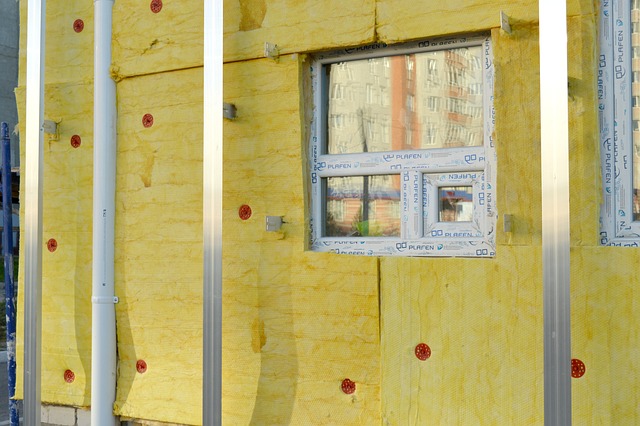Decoding the Intricacies of Variable Compression Ratio Technology
The world of automotive engineering is a constantly evolving one, with manufacturers forever striving to push the boundaries of efficiency, performance, and driving comfort. One of the most intriguing and lesser-known innovations of recent years is Variable Compression Ratio (VCR) technology. This groundbreaking advancement has the potential to redefine engine performance and fuel efficiency, but it's shrouded in mystery for many. Let's decode the intricacies of this technology, and understand its impact and implications in the automotive industry.

Delving into the Basics of Compression Ratio
Before we delve into VCR, it’s crucial to understand the fundamental concept of compression ratio. In an internal combustion engine, the compression ratio is the ratio of the maximum to minimum volume in the cylinder of an engine. The compression process plays a crucial role in how efficiently an engine can convert fuel into power, and traditionally, engine designers had to choose a fixed compression ratio that provided a compromise between power and fuel efficiency.
The Genesis of Variable Compression Ratio Technology
The idea of varying the compression ratio to optimize engine performance isn’t new—it’s been around since the early 20th century. However, it’s only recently that engineering advancements and computerized engine management systems have made it feasible. The Variable Compression Ratio technology allows the engine to alter its compression ratio dynamically, providing the best of both worlds: power when you need it and better fuel economy when you’re cruising.
The Mechanics of Variable Compression Ratio Technology
VCR technology achieves this dynamic adaptability by altering the position of the pistons or changing the volume of the combustion chamber. In one approach, the engine’s connecting rods are replaced with a multi-link system connected to an actuator. The actuator can move, changing the height at which the piston stops, which alters the compression ratio. The result is a more flexible engine that can seamlessly switch between high and low compression ratios, depending on the driver’s demands.
The Impact and Challenges of VCR
The potential benefits of VCR technology are significant. It promises to enhance fuel efficiency and reduce CO2 emissions without compromising on power and performance. In fact, some manufacturers claim up to a 30% increase in fuel efficiency.
However, the technology also faces some challenges. The added complexity of the VCR mechanism means more moving parts, which could impact the longevity and reliability of the engine. Also, the cost of implementing VCR technology is high, which could make cars equipped with it more expensive.
The Future of Variable Compression Ratio Technology
Although VCR technology is still in its infancy, it’s being progressively adopted in the industry. Infiniti, the luxury vehicle division of Japanese automaker Nissan, introduced the first production-ready variable compression turbo engine in 2018. As the automotive industry continues to grapple with the pressures of increasing fuel efficiency and reducing emissions, we can expect to see more manufacturers exploring the potential of VCR.
While the variable compression ratio technology may not make headlines like electric or autonomous vehicles, it’s an important piece of the puzzle in our journey towards more efficient and sustainable transportation. As we continue to push the boundaries of what’s possible in automotive engineering, who knows what other innovative technologies are waiting just around the corner?




